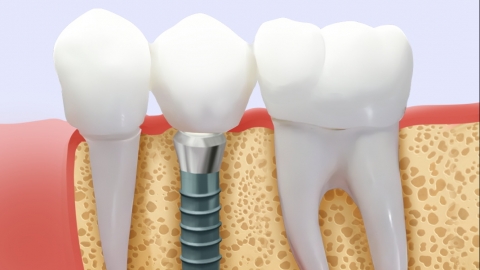How are permanent teeth classified according to their shape and function?
Under normal circumstances, permanent teeth can be divided into four types according to their shape and function: incisors, canines, premolars, and molars. A detailed analysis is as follows:
1. Incisors
Incisors are located in the front of the oral cavity, with four in the upper jaw and four in the lower jaw, totaling eight. Their shape is shovel-like, with a flat and broad crown and a sharp cutting edge at the border, similar to the blade of scissors. Their main function is to cut food—for example, when biting into solid foods such as apples or bread, incisors quickly separate pieces from the whole. Additionally, because they are positioned at the front of the mouth, incisors play a role in maintaining facial aesthetics and assisting with speech.

2. Canines
Canines are located on either side of the incisors, with two in the upper jaw and two in the lower jaw, totaling four. They are also known as cuspids or dog teeth. The crown is pointed and the root is thick and long—making them the teeth with the longest roots in the mouth. The sharp cusp effectively pierces food and is especially suited for tearing tough foods such as meat and fibrous vegetables. Due to their strong root structure, canines also help support the corners of the mouth and maintain facial contours.
3. Premolars
Premolars are situated between the canines and molars, with four in the upper jaw and four in the lower jaw, totaling eight. They are also called bicuspids. Their crown shape is intermediate between that of canines and molars, with two or more cusps on the occlusal surface and shallow grooves and pits. Their primary function is to assist canines in tearing food and to help molars grind food, serving as a transitional link. Premolars usually have one or two roots, providing good stability and enabling them to withstand moderate chewing pressure.
4. Molars
Molars are located at the back of the oral cavity, with six in the upper jaw and six in the lower jaw, totaling twelve. They have the largest crown volume among all teeth, with broad occlusal surfaces covered with complex grooves, pits, and cusps, giving them the largest chewing surface area of the four tooth types. Their main function is to thoroughly grind and crush food, further breaking down torn pieces into small particles to facilitate digestion and absorption in the gastrointestinal tract. Molars have multiple thick roots capable of withstanding high chewing forces, making them the primary teeth responsible for mastication.
The morphological differences among these four types of teeth directly determine their specific roles in the chewing process, working together to complete the cutting, tearing, and grinding of food.




